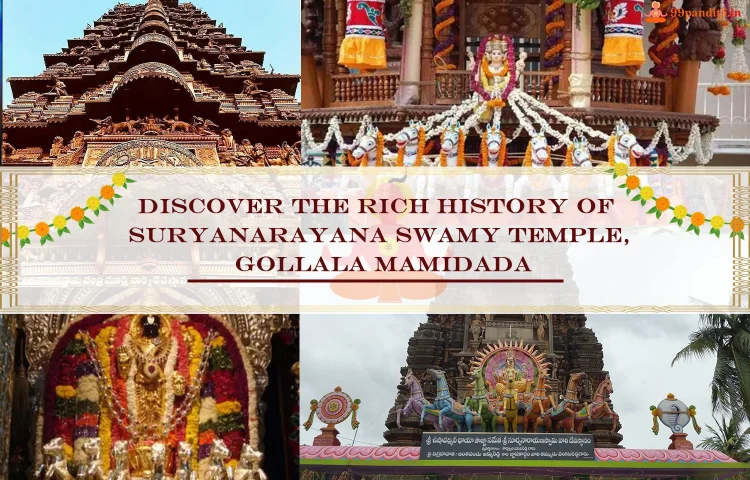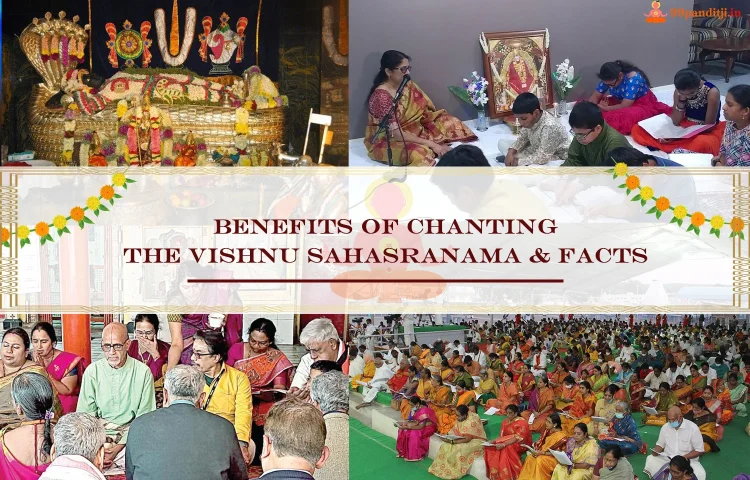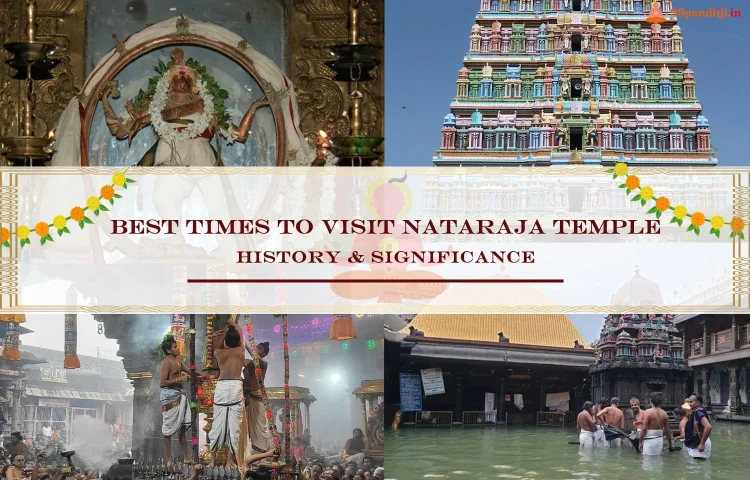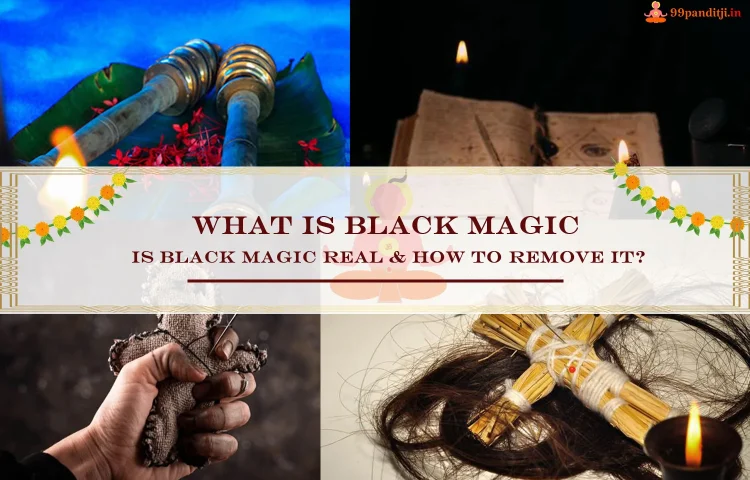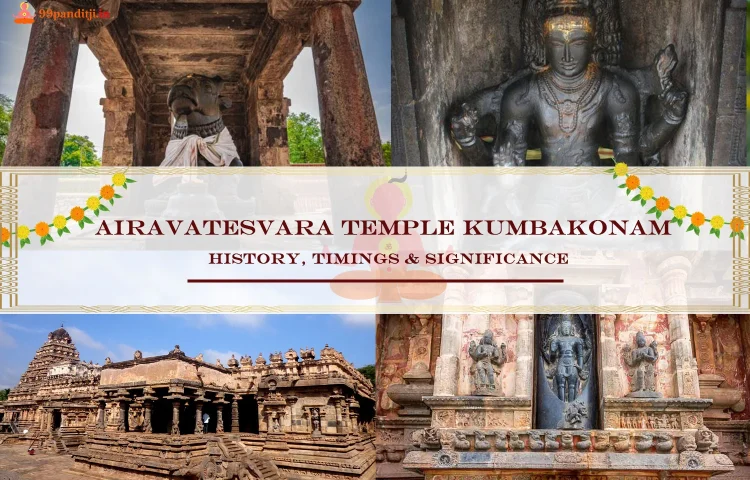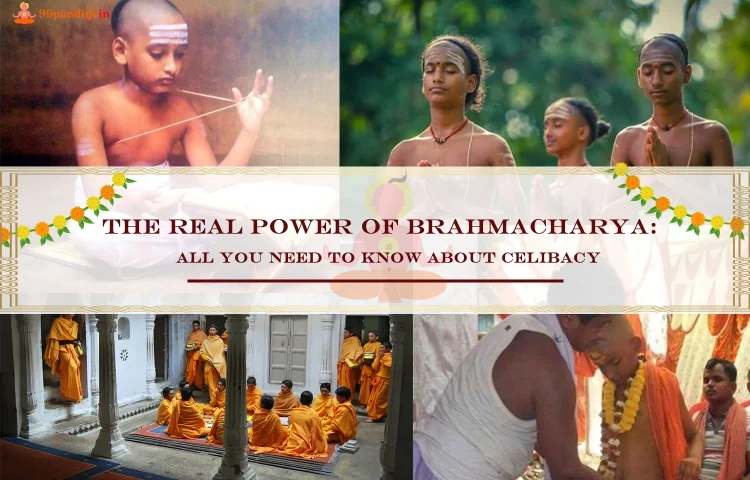Karwa Chauth Gifts Ideas for Wife: This Karwa Chauth surprises your wife by gifting her special gifts and making her feel special. Today, in this blog, we are going to talk about the top 10 best Karwa Chauth gift ideas for wives.
For every Hindu woman or married couple, the festival of Karwa Chauth is very special and precious, especially when it is your wife’s first Karwa Chauth. To deepen your love for this Karwa Chauth, it is important to pick some gifts that not only make her happy but also strengthen your relationship.
This year, the Karwa Chauth fast will be observed on Friday, 10 October 2025. The wife fasts with the wish for her husband’s long life, and a life partner means support in every difficulty and joy. Even if you cannot fast with your wife, you can still bring a smile to her face by gifting her something close to her.
When your wife is keeping a Nirjala fast for your long life, then you also make her feel special. For this, you can give a gift to your wife. Here, we are going to provide you with some gift ideas that you can give to your wife.
What is Karwa Chauth?
The festival of Karwa Chauth is very important for married women. On Karwa Chauth, married women keep a Nirjala fast (without drinking water) for the lengthy life of their husbands. Every year, this festival is celebrated in the Chaturthi of Krishna Paksha of Kartik month. This year, the date is 20 October, so Karwa Chauth’s fast will be held on Friday, 10 October.
This is a festival of fasting with utmost devotion and reverence, which shows the love between husband and wife. Today, this festival is celebrated with great pomp throughout the country. Since ancient times, women have been observing this fast for the longevity of their husbands.
On this day, women keep a Nirjala fast and do 16 Shringar and worship. After fasting the whole day, all the women break their fast at night by offering Arghya to the moon.
Top 10 Best Karwa Chauth Gifts Ideas For Wife
Indian married women keep the fast of Karwa Chauth Gifts Ideas for wife each year for the long life of their husbands. This year’s occasion of the Karwa Chauth fast is on Sunday, 20 October 2024. According to religious beliefs, observing this fast prolongs the life of the husband. Thus, women celebrate the Nirjala fast for their partners on this day. But in this fast, by evening, the glow of the faces of the wives starts fading.
In such a situation, if you want, you can bring back the light of their face by gifting some great things to your wife. But if you are also concerned about what to present to your wife on Karwa Chauth, then here we have some gift ideas for you.
1. Premium Beauty Gift Hamper
Giving a premium beauty gift hamper to your wife on the Karva Chauth Gifts Ideas for wife occasion can be a good option. In a beauty gift hamper, you get things like face wash, moisturizer, serum, mask, makeup kit etc. You can choose a good beauty hamper according to your wife’s skin type and interests. You can also include products of her favourite brands in it. She will like a premium beauty gift hamper, and this gift will be memorable for her.
2. Beautiful Jewelry Set
You can gift a beautiful jewellery set to your wife on the occasion of Karva Chauth. Women always like jewellery, and this is a memorable gift. You can choose earrings, necklace sets, bracelets, or pendant sets as per your wife’s choice. She loves a good quality jewellery set and likes to wear it always. This will be a great and memorable gift.
3. Handbags
You can gift a beautiful handbag to your wife on the occasion of Karva Chauth. You can buy a nice and stylish handbag of her choice of colour, design, and brand. Even if the budget is a little low, you will get good options. Every woman likes a new handbag, and this will be a memorable gift for her.
4. Chocolates and a teddy bear
If you want to gift your wife on Karwa Chauth, then get a pack of chocolates of her favourite flavours prepared for her and also buy a teddy bear. Apart from this, you can buy a rose flower or a whole bouquet. Your wife will be happy to see this gift.
5. Combo set of healthy things
You can gift a combo set of healthy things to your wife on Karwa Chauth. If your wife is a fitness freak, then you can give her things related to her workout. For example, get a set of yoga or workout clothes with a yoga mat, a good bottle or shaker, a smartwatch, and a jumping rope and gift it to her.

6. Wrist Watch
You can buy a beautiful watch for your wife on Karva Chauth. Nowadays, a lot of stylish watches are in trend. You can choose them according to your wife’s liking. Your wife will like this gift. If you want, you can also give her a sports watch. Apart from being stylish in appearance, it will also be helpful for fitness.
7. Footwear
Footwear is something that everyone likes and is also used a lot. In such a situation, you can give a gift to your wife. If your wife exercises, then you can also give her sports shoes, which will make her slim and fit.
8. Beauty parlour gift hamper
If your wife is fond of dressing up, then you should give her a beauty parlour gift hamper. You can also give her a sauna or massage parlour gift hamper. This will enhance her beauty and will also help her get rid of fatigue after work.
9. Saree or Suit
If you want, you can gift a saree or suit to your wife. If you are thinking of gifting it, then give it during the day only so that during the Puja, she wears the gift given by you. Whenever your wife wears the saree or suit you gave her, she will love you.
10. Health insurance
Women, who are the backbone of the entire family and take care of their family along with their professional lives, need to catch up in taking care of them. They take care of us when we are sick, but who takes care of them when they are sick? Is it not our responsibility to do this?
If your wife does not have health insurance, then this Karva Chauth, you can give her good health insurance. This will not only help you get better medical facilities during illness but will also save you from the burden of sudden huge expenses.
Top 5 Tips to make your wife feel special on Karwa Chauth
On the day of Karva Chauth, married women observe a Nirjala fast for the long life of their husbands and consume water and food only after seeing the moon at night.
During Karwa Chauth, you can make this occasion of Karva Chauth even more special for your wife. Today, we are going to tell you some tips with the help of which you can make the day of Karva Chauth special for your wife.
1. Give a Special Gift
Give gifts to your wife on the day of Karva Chauth. You can gift her jewellery, designer bags, clothes, a new phone, a customized photo frame, or anything else as per her requirement. Such gifts will bring a smile to your wife’s face as soon as she sees them.
2. Give a handwritten love letter.
You can also express your love to your wife by giving her a handwritten letter. If your wife likes Shayari and poems, you can write something special for her. This will make her feel good after reading it. You can give her a poem or Shayari written by a famous poet.
3. Flower Bouquet/ Flower Basket
The best way to express love is to give a bouquet. So, on this Karva Chauth, you can express your love by giving flowers to your wife.

4. Special date plan
On the day of Karva Chauth, you can plan to go for dinner with your wife. Apart from this, both of you can go to watch your favourite movie. For a special date plan, you can also plan a dinner date at home. For this, you can decorate the dining table with flowers and candles. Your wife will like it when she sees it.
5. Make her favorite Food.
On Karva Chauth, wives stay hungry and thirsty all day for the long life of their husbands and eat something after offering water to the moon in the evening. In such a situation, to make this day special for your wife, you can cook her favourite dish for dinner. She will be happy to see this and will also feel special. You can also express your love in this way.
Karwa Chauth Wishes and Quotes
On the occasion of this holy Karwa Chauth fast of husband and wife, if you want to make your partner feel special, then not only can you keep a fast for them, but you can also wish them a Happy Karwa Chauth with these special messages.
Happy Karwa Chauth! Wishes and Quotes to Share
- May the glow of Karwa Chauth’s moon fill your life with happiness and love.
- On this special day of Karwa Chauth, I pray for your long and prosperous life.
- May the bond of our love expand stronger with each passing day. Happy Karwa Chauth, my beloved.
- I am wishing you a beautiful Karwa Chauth filled with joy, love, and togetherness.
- May this Karwa Chauth bring endless moments of love and friendship.
- On this day, I break my fast with the hope that our passion and love will always last.
- As you end your fast, may our love continue to last.
- I wish you a heavenly Karwa Chauth and a lifetime of pleasure together.
- May our love story be as timeless as the moon of Karwa Chauth in the sky.
- On this Karwa Chauth, I express my love and gratefulness for having you in my life.

Wish For Wife
- May this Karwa Chauth fast get you blessings and lots of love, my wifey.
- May the bond of love between you and me be as strong as you are fast.
- I wish you a very captivating and special Karwa Chauth, my love. Happy fasting!
- I hope this Karwa Chauth gets you closer to your husband. Happy Karwa Chauth!
- I am wishing you a blessed Karwa Chauth full of love and joy, my love.
Wishes For Husband
- May your wife’s fast bring you good health, happiness, and prosperity.
- Adore the love and affection of your wife on this Karwa Chauth Gifts Ideas for Wife.
- May your love for each other unfold stronger with each passing day.
- I wish you a very delighted and blessed Karwa Chauth, my hubby.
- May this Karwa Chauth get you and me closer together, my love.
Conclusion
In this article, we have covered all the aspects related to gift ideas for Karwa Chauth for the wife. I hope you have fun reading this blog. Karwa Chauth Gifts Ideas for Wife is an auspicious and special festival for Indian wives. Make this auspicious occasion more special for your wife by gifting jewellery, make-up products, sarees, suits, etc. Along with gifts, you can also make them feel special by planning a sweet date at their favourite place, like a cafe or restaurant.
To make your life happy, make your wife happy! This Karwa Chauth gift to your wife from the above-given list. It’s not only your wife’s duty to make you feel special but you too have the responsibility to make her feel special. When your wife is keeping a Nirjala Ekadashi fast for your long life, then you also make her feel special. For this, you can give a gift to your wife.


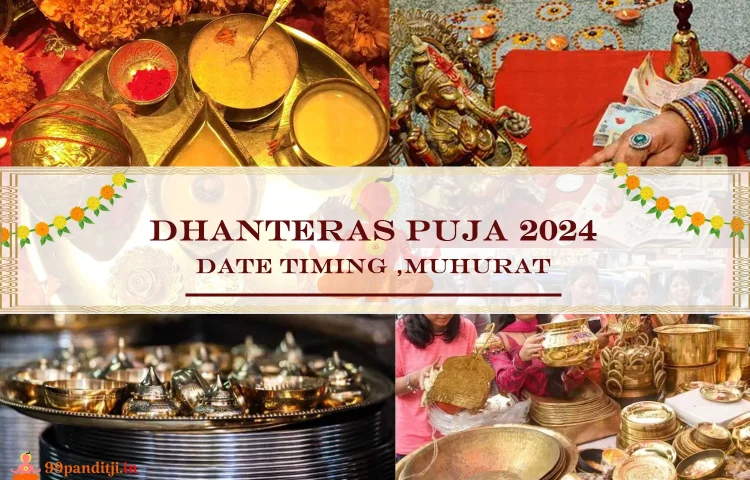












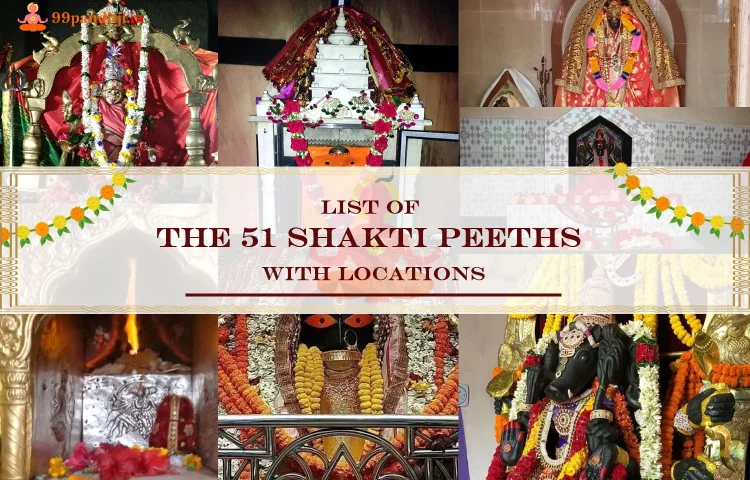








































.webp)










